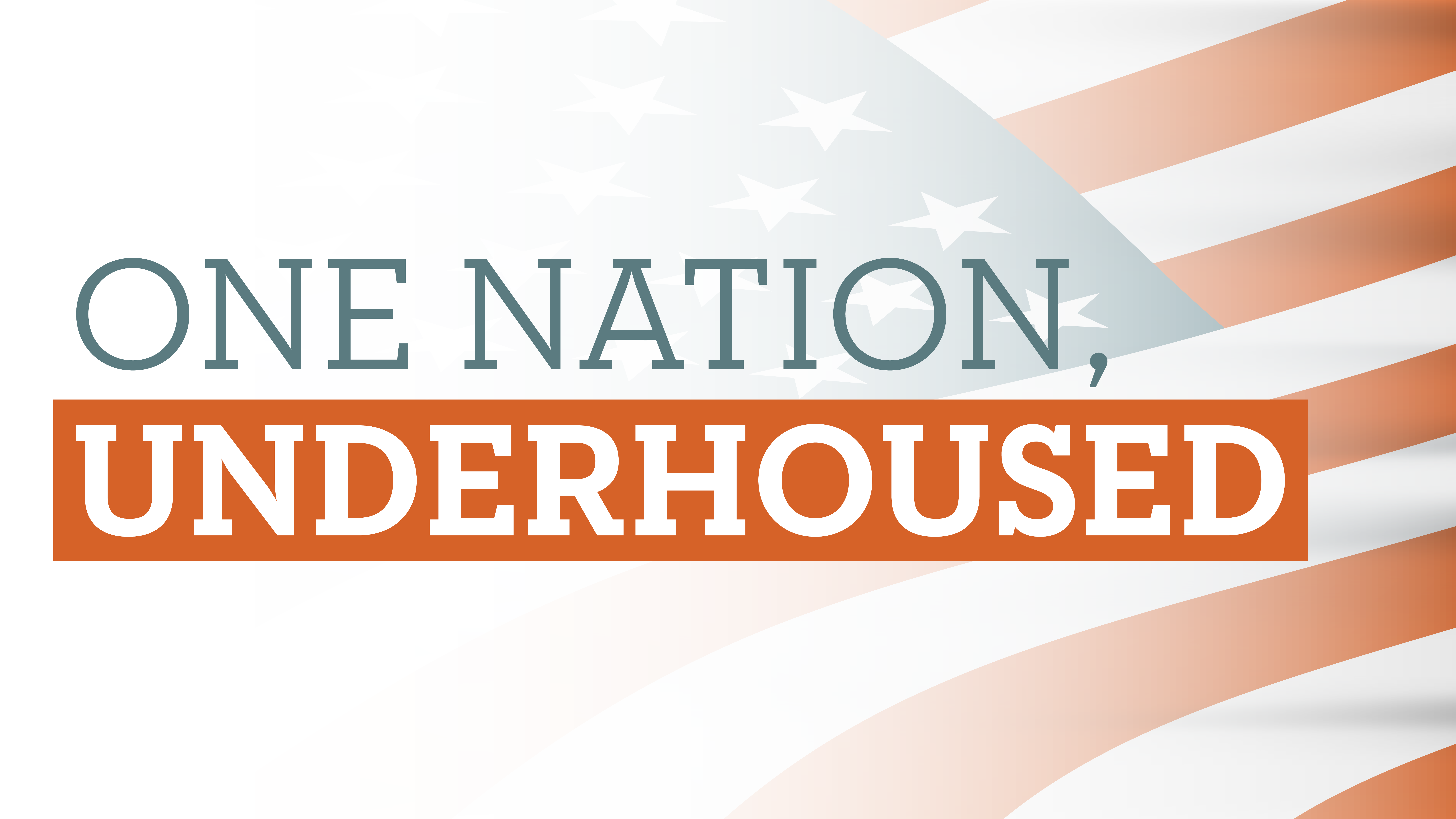
While national media has focused on the first weeks of the new federal administration in Washington, far less attention has been given to the hundreds of state and local legislatures that have just kicked off their post-election sessions. It’s common for these legislative bodies to begin with the issues that resonated most with voters in the recent election—and housing is high on that list.
Across the country, state legislatures and local councils have introduced hundreds of bills addressing housing. States like Washington and Colorado have been particularly active, with new housing-related proposals emerging almost daily. In a bid to claim they have found "the solution” to the intractable housing affordability crisis, lawmakers have floated a wide range of policy approaches. Some of these proposals may indeed help, while others—though well intended—could set efforts to create more housing opportunities back for decades.
These policies generally fall into two categories: pro-housing approaches that make building housing easier, and regulatory approaches that restrict rental housing operations and add costs, reflected in higher rents. A prevalent trend is the knee-jerk regulatory response that seeks to further restrict the parameters in which housing providers operate. While this approach may look good on paper, economic research and data tell us that it often fails to address the underlying market problem. In fact, the additional regulations only add cost to both the construction and ongoing operation of housing, thereby making affordable options even less available for renters. It also pushes investment dollars away from housing and into sectors with far fewer regulatory risks, like tech, manufacturing, travel and entertainment. Soon-to-be-published research by MetroSight will show that, over time, many state and local regulatory measures substantially increase operating costs for both housing providers and renters.

Consider the following examples of types of proposals currently under consideration in various states:
Regulatory Policies:
1. Rent Regulation: Rent Control / Rent Stabilization
Despite decades of research demonstrating that rent control and similar policies reduce rental supply and worsen affordability, lawmakers continue to introduce them. Recent weeks have seen rent-limiting bills introduced in several states such as Massachusetts, Michigan and Washington State, among other harmful legislative proposals. Evidence shows that areas with rent control (of any type) often experience reduced investment, diminished housing quality, and limited opportunities for new development that can affect communities for decades.
2. Limiting the Use of Rental Pricing Software
In an era when real-time rental data is crucial for matching renters with available homes, some legislators are proposing restrictions on pricing software. Technology can play a key role in helping providers and renters monitor dynamic rental markets and adjust rates accordingly. Laws that stifle this innovation risk making it even harder for renters to access limited housing options.
Pro-Housing Policies:
3. Reducing Barriers to Housing Construction
Some states and localities are taking a deregulatory approach—removing zoning requirements and streamlining permitting processes to open up land for apartment development. In places as diverse as Minneapolis, Minnesota and Florida, such efforts have already produced tangible benefits for renters. For example, Minneapolis’ removal of single-family zoning and other improvements in its permitting process and general development conditions resulted in an average rent increase of 1% from 2017 to 2022 (compared to 14% in Minnesota overall). Nearby St. Paul, which adopted a strict rent control policy instead of focusing on improving development conditions, saw a 48% decline in multifamily building permits issued in 2022, while Minneapolis saw a 16% increase that same year.
“In summary, while the push to address the housing crisis is fueled by well-intentioned legislative action, research tells us that a heavy-handed regulatory approach will likely drive up costs, hamper new development, and restrict housing supply even further.”
-Sharon Wilson Géno
Enhancing Financial Incentives for Building
Many jurisdictions have long offered financial incentives to spur multifamily housing construction. However, in today’s high-interest and rising-cost environment, older programs may no longer be sufficient. Legislators could update and strengthen tax abatements, local tax incentives and grant programs to jump-start housing development in challenging times. For instance, New Jersey’s recent enhancements to its NJ Aspire program—designed to provide tax credits for redeveloping aging multifamily housing—aim to preserve and expand the housing supply in a high-cost market. The governors of Illinois, Colorado, Massachusetts and other states have proposed new pro-housing legislation.
In summary, while the push to address the housing crisis is fueled by well-intentioned legislative action, research tells us that a heavy-handed regulatory approach will likely drive up costs, hamper new development, and restrict housing supply even further. The housing policy choices that states and localities make this year will impact their constituents for years to come. Lawmakers and voters should not be fooled into thinking that more restrictive approaches will help current renters and also give careful consideration to their own children, grandchildren, and other renters of the future who could end up living in a “housing hell” with far fewer affordable housing options at lower quality resulting in less desirable communities for all.
Based in Washington, D.C., the National Multifamily Housing Council (NMHC) is where rental housers and suppliers come together to help meet America’s housing needs by creating inclusive and resilient communities where people build their lives. We bring together the owners, managers, developers and suppliers who provide rental homes for 40 million Americans from every walk of life—including seniors, teachers, firefighters, healthcare workers, families with children and many others. NMHC provides a forum for leadership and advocacy that promotes thriving rental housing communities for all. For more information, contact NMHC at (202) 974-2300, email the Council, or visit NMHC's website at nmhc.org.





